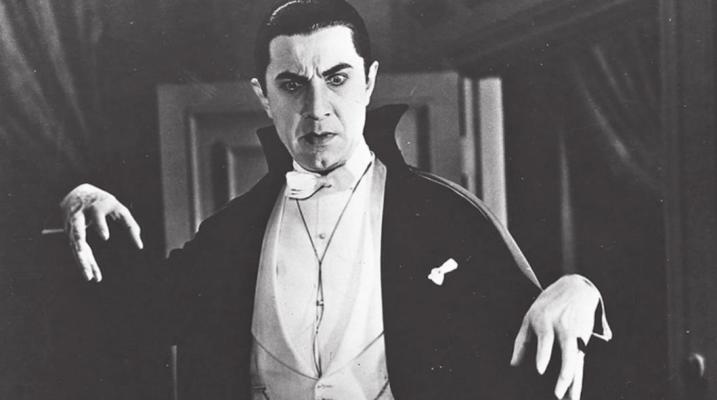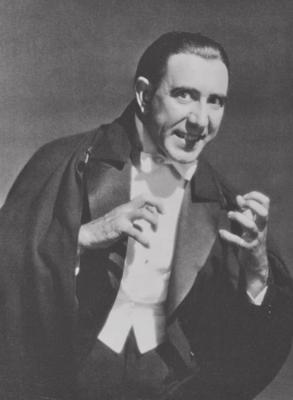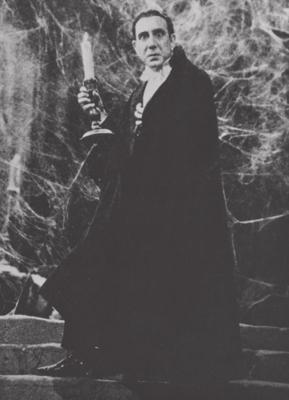The story of Spanish Dracula
Halloween is my favorite holiday, I love the atmosphere, the cool weather, the costumes and the excuse to watch monster movies. For the month of October leading up to Halloween, I’ll be writing a series of Halloween themed columns to celebrate properly, and to start, let’s discuss Spanish Dracula.
So some background. In the early days of sound cinema, dubbing wasn’t a known or efficient commodity for foreign releases as it is now. A different crew and cast of actors would come in at night after the English speaking cast and crew left, using the same sets and costumes.
The films are largely the same as far as plot goes. The eponymous Count Dracula travels to England to begin a reign of terror. The differences, however, are pretty substantial. For starters, since the Spanish crew would shoot at night after the English crew, they could see the dailies and would devise more sweeping and dramatic camera angles.
An example of this is the scene where we are first introduced to Dracula. In the English version we have a largely static long shot at the top of a staircase, whereas the Spanish version treats us to a moving shot up the stairs, drawing us into a closeup of Dracula.
The film is also longer than the regular film and changes some of the names around. Additionally, the Spanish film comes off as far more expressive and daring in what it could get away with in comparison to the English version. For example, the English film shies away from showing vampires biting someone’s neck, instead usually having it occur offscreen or covered up, while the Spanish version shows these scenes.
And then there is Dracula himself. Bela Lugosi plays the Count in the English version and his performance has set the standard all other Draculas are compared to. Meanwhile, Carlos Villarias plays Dracula in the Spanish version and was the only member of the cast permitted to see rushes of the English film and was encouraged to imitate Lugosi’s performance. But Villarias makes the role his own in many ways. He is very expressive and gives the Count an almost crazed look. The biggest part of his performance is in his eyes, which have a carnivorous quality to them, as if he is sizing up everyone as a potential meal.
Spanish Dracula is an excellent artifact of a different time in cinema and a great new way to experience something familiar in a different way. The Spanish film is often regarded in many circles as the superior film to the Lugosi version, and while I deeply enjoy both, I am inclined to agree.
This version usually placed on DVDs and Blu-Rays of the English film, making it easier now than ever to view this fantastic film.




